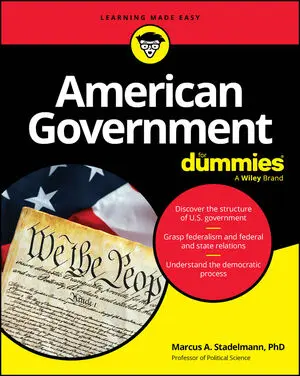A political convention is a meeting of a political party usually to select party candidates and party platforms. Generally, usage of the term political convention refers to the presidential nominating conventions of the two major U.S. political parties: the Democratic National Convention and the Republican National Convention.
Several smaller U.S. parties also select nominees by convention, including the Green Party, Socialist Party USA, Libertarian Party, and Constitution Party.
When are political conventions held?
Since 1952, all major party conventions have been held in July, August or early September. Since 1936, the incumbent party has held its convention second. Since 2008, the Democratic and Republican conventions have been held in back-to-back weeks following the conclusion of the Summer Olympics.
Who can participate in political conventions?
Each political party establishes rules for participation in the nominating convention. Every U.S. state and territory party is apportioned a number of voting representatives, known as delegates and the size of each delegation is determined by factors such as population, proportion of that state’s Congressional representatives or state officials who are party members, and the state’s presidential voting patterns.
The delegates are far outnumbered, however, by other attendees who don’t participate in formal convention business. These other attendees include legions of news media, party officials, activists, invited guests, international observers, volunteers, and local business promoters.
What happens at a political convention?
A political convention’s formal purpose is to select the party’s nominee for President of the United States. The convention also adopts a statement of party principles and goals, commonly called a platform, and sets the rules for the party’s electoral activities.
During the day, party activists hold meetings, rallies, and work on the platform. The platform contains public policy goals and proposals known as planks, which are typically very broad and generic, although some sections may be narrowly written to appeal to party interest groups.
In addition, lesser party figures address the convention during the daytime. Voting and major speeches by notable, respected party or public figures are held in the evening. Formal acceptance speeches from the nominees for president and vice president are held on the convention’s final day.
Since the 1970s, the major party nominees for the presidency rarely have been in doubt so convention voting is perfunctory, usually requiring only a single ballot (a roll call vote of the states’ delegates). The primary election season leading up to a convention usually identifies a clear nominee or front-runner. If no single candidate emerges by the end of the primary season, however, a scenario called a brokered convention could result.
In a brokered convention, a presidential nominee would be selected at the convention through a series of ballots and bargaining between leading candidates and lesser candidates or party leaders for their delegates. The best example is the 1924 Democratic Convention, which took 103 ballots before nominating John W. Davis, who was defeated by incumbent President Calvin Coolidge in the 1924 general election.
The 1976 Republican National Convention came closest to a brokered convention in recent times, when incumbent Gerald Ford was unable to secure enough primary votes to beat Ronald Reagan but eventually won the nomination at the convention. Since then, candidates have received enough primary votes and delegates to win a party nomination before the presidential nominating convention.






